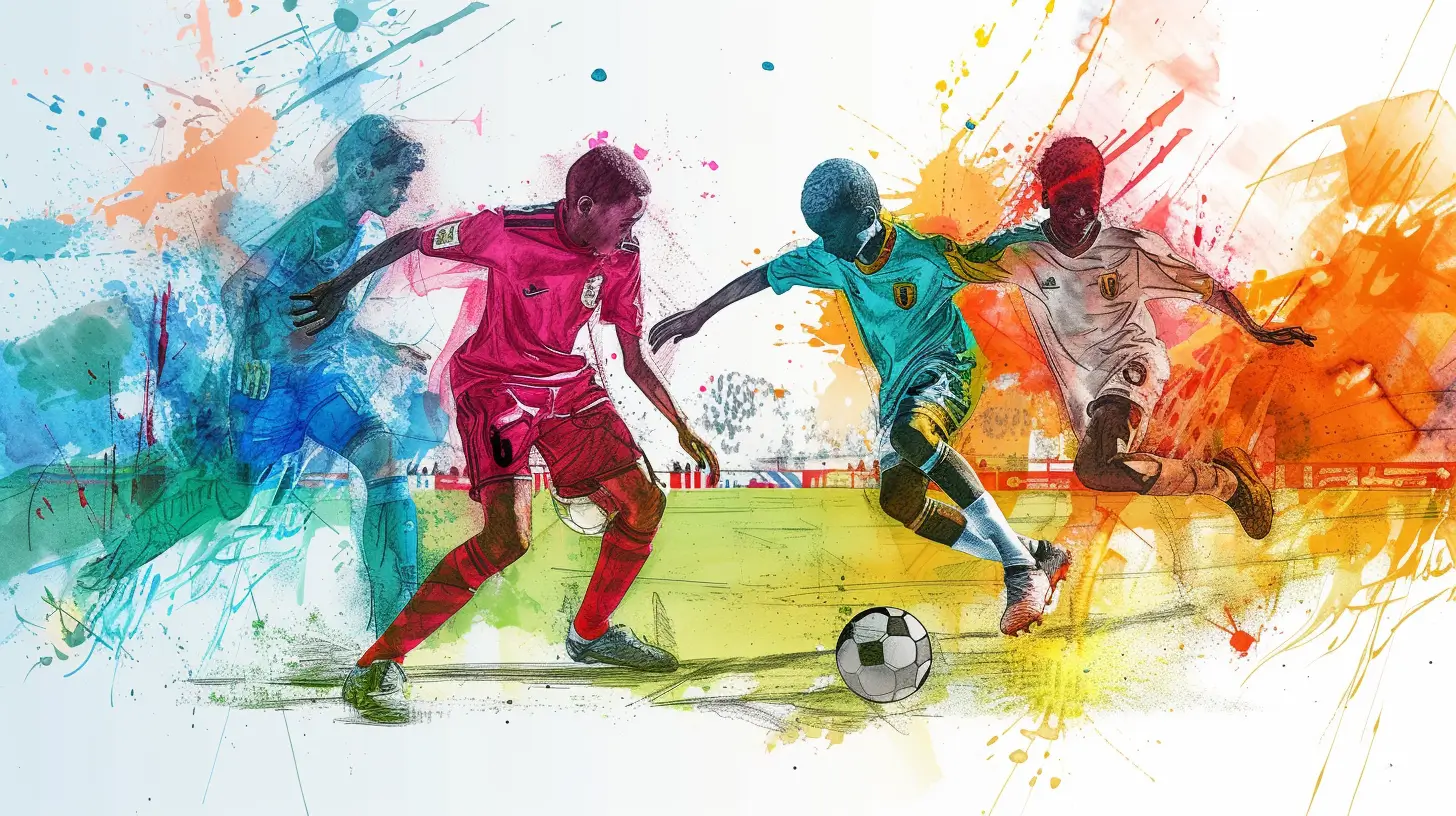I’m a football girl. I’ve made no secret of that. But I’ve always quite liked the idea of rugby – a more physical game with a place on the pitch for every kind of body and fitness level it seems (at the very amateur level of the game at least).
Where I’m from, rugby league is the bigger of the two. So I’ve seen a bit of that before! I’ve also watched (and preferred – sorry!) rugby union. So that’s the code I took up recently and am trying to figure out with a questionable level of skill. Currently nursing the bruises from my first game today – so much fun!! Making sure I recover with high-quality nutrition and lots of active rest and recovery before the next one.
Anyway, as well as trying to give myself a crash course in the rules of rugby union, I’ve been also trying to separate the codes and figuring out the differences between rugby league and rugby union. So for any of you as confused at times I am, here’s what I learned.
The Differences Between Rugby Union and Rugby League
Let’s dive in.
Number of Players
Rugby League and Rugby Union differ right from the start with the number of players on the field. Rugby League teams consist of 13 players, while Rugby Union teams have 15. This difference affects the dynamics of the game, with Rugby League often being faster-paced due to fewer players, creating more space on the field. On the other hand, Rugby Union’s additional players lead to more structured and strategic play.
Tackling and Phases of Play
One of the most noticeable differences between the two codes is how they handle tackling and the phases of play. In Rugby League, after a player is tackled, the game quickly restarts with a play-the-ball and each team has six tackles in which to “use” the ball before possession changes. This creates a game that’s more continuous and focused on gaining ground with every play. In contrast, Rugby Union allows for multiple phases after a tackle, with the possibility of rucks and mauls forming. This can slow the pace of the game down but simultaneously adds layers of strategy, as teams work to retain possession through multiple phases.
Scrums and Lineouts
The set pieces in Rugby League and Rugby Union are another area where the two codes differ. In Rugby Union, scrums and lineouts are integral to the game and they can be key moments in games.
A scrum in Union is a fiercely contested affair, and lineouts are opportunities for tactical plays. Rugby League, however, has simplified these elements. Scrums still exist but are less contested, and there are no lineouts—when the ball goes out of play, it’s simply handed back to the opposition.
Scoring in Rugby Union vs Rugby League
While both codes share the basic concept of tries, conversions, and goals, the scoring system differs slightly. In Rugby League, a try is worth 4 points, and a conversion adds 2 points. Drop goals and penalties are each worth 1 point.
On the other hand, in Rugby Union, a try is worth 5 points, with a conversion adding 2 points, but penalties and drop goals are more valuable at 3 points each. These differences in scoring influence the tactics teams employ, especially in close matches.
Rucks and Mauls
The ruck and maul are quintessential elements of Rugby Union but are altogether absent in Rugby League. In Union, a ruck forms when the ball is on the ground after a tackle and players from both teams compete to win possession by driving over the ball. A maul occurs when the ball carrier is held up by opponents but remains on their feet, and teammates bind onto them to drive forward. These aspects of Union add a physical and depth to the game that Rugby League, with its quicker restarts and fewer players, simply doesn’t have.
Kicking Tactics
Kicking plays a different role in each code, driven in part by the value of kicking in scoring terms.
In Rugby Union, kicking is often used to gain territory, relieve pressure, or contest possession in the air, and it’s a central part of the game’s strategy. Rugby League also features kicking, but it’s primarily used at the end of a team’s set of six tackles, either to gain ground or try to force an error from the opposition. The differing uses of kicking reflect the distinct approaches each sport takes to territory and possession.
What Age Can Children Play Rugby League and Rugby Union from?
In rugby union, “age grade rugby” can start from the age of 6 and in rugby league, u6s is the first year at which children can play. Rules around contact are age appropriate and full contact doesn’t come into the games for many years yet, with a focus on fun. Mini rugby tournaments with custom medals and a fun centric game are a great way to help children fall in love with the sport.
Not Exhaustive
It’s not an exhaustive list! And I don’t understand either well enough yet to give you any sort of tactical or technical insight into game play mechanics that may differ! But maybe in a few months I’ll be able to come and update this with a little more of the technical.
Maybe…





